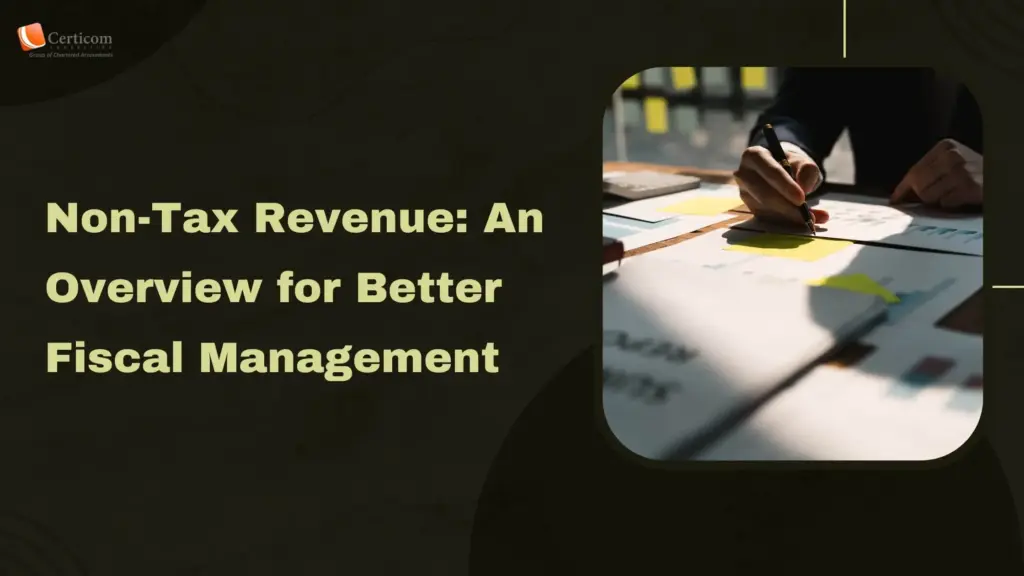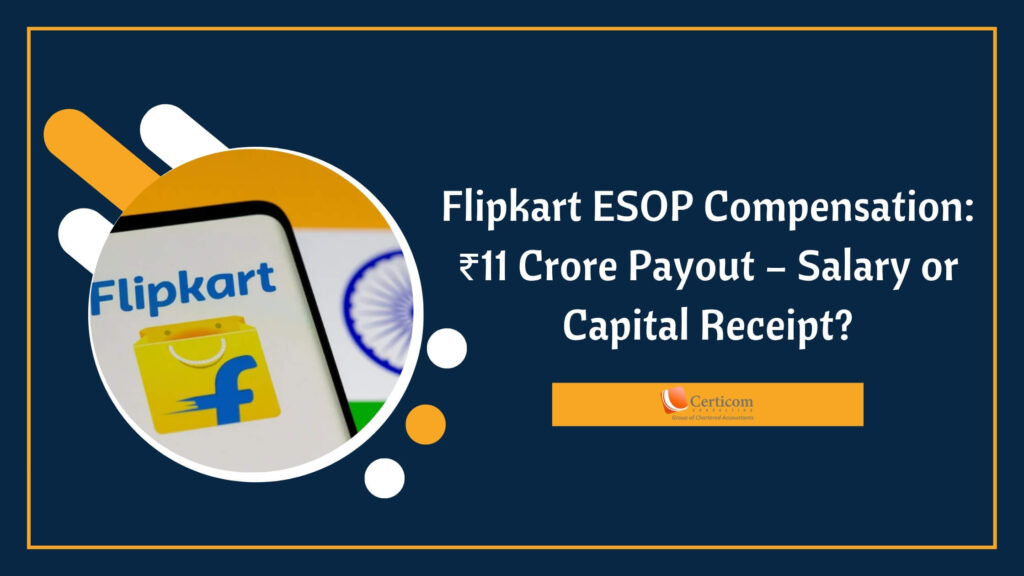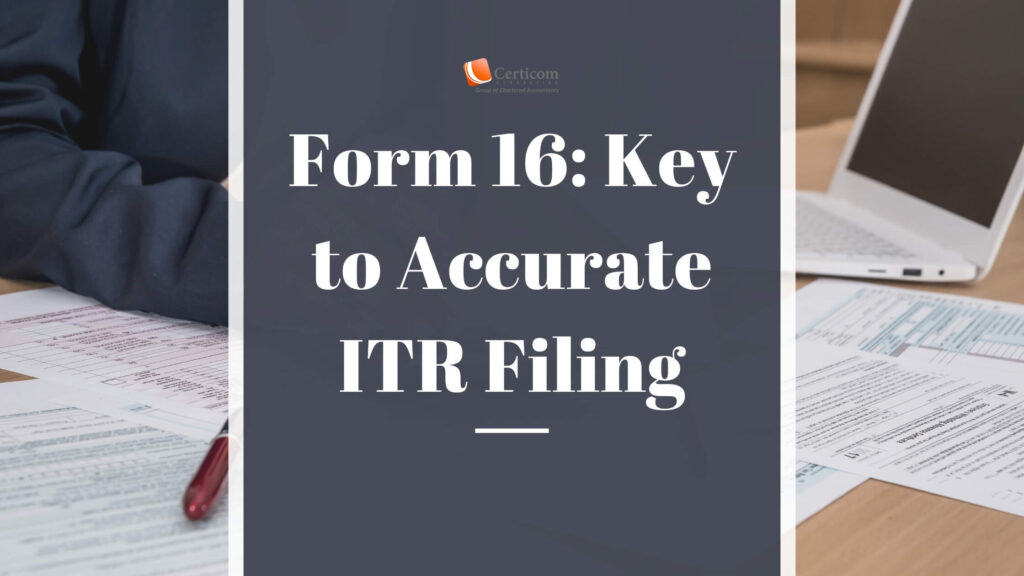Non-Tax Revenue: An Overview for Better Fiscal Management

Non-tax revenue encompasses the income governments earn from non-tax sources such as fees, interest, dividends, and fines. This revenue stream is critical for enhancing public finances, reducing dependence on taxes, and achieving fiscal stability. Key contributors include interest from government loans, dividends from public sector undertakings (PSUs), toll charges, and administrative fees. Unlike taxes, non-tax revenue is collected for specific government services or privileges utilized by citizens or organizations. It bridges fiscal gaps, supports public services like healthcare and education, and promotes resource efficiency. Despite challenges like high administrative costs and economic fluctuations, non-tax revenue remains essential for sustainable development and fiscal health.
Introduction to Government Revenue
Governments utilize diverse revenue streams to fulfill their responsibilities, fund essential services, and promote economic growth. While taxes, including income tax, GST, and customs duties, are widely acknowledged, non-tax revenue often serves as an unsung contributor to fiscal stability. This guide delves into the concept, sources, significance, and challenges of non-tax revenue while comparing it to tax revenue.

The Concept of Non-Tax Revenue
Non-tax revenue represents the income generated from non-compulsory payments made by individuals, organizations, or businesses in exchange for government-provided services or privileges. It stands apart from taxes by being voluntary and liability-free, thereby playing a key role in ensuring fiscal stability.
Categories of Government Revenue
Government income is broadly categorized into two types:
- Tax Revenue: Compulsory payments such as income tax, GST, and corporate tax, collected to fund overall government operations.
- Non-Tax Revenue: Voluntary payments derived from fees, interest, dividends, and fines for specific services or privileges.
Non-tax revenue complements tax income, providing financial support without adding liabilities to the government.
Sources of Non-Tax Revenue
Interest on Government Loans
Earnings from loans extended to states, Union Territories, or organizations for development projects.Dividends and Profits
Income from investments in PSUs and surplus profits from entities like the Reserve Bank of India (RBI).Telecommunication Charges
Fees paid by telecom operators for spectrum allocation and related services.Petroleum Royalties and Licenses
Revenues from licensing oil and gas exploration and royalties from resource extraction.Administrative Service Fees
Charges for services like passport issuance, visa processing, and certification audits.Municipal and Local Government Services
Fees for utilities such as water supply, waste collection, and property upkeep.Police and Security Services
Charges for services provided by central police forces, such as the CISF.Toll Fees
Revenue generated from toll collections on roads and bridges for infrastructure maintenance.Sale of Publications and Commodities
Income from selling official government materials and documents.Examination and Certification Fees
Fees for government-conducted exams like UPSC and SSC.Defence Services Earnings
Receipts from services like those offered by the Canteen Stores Department (CSD).Broadcasting and Media Licenses
Fees collected from Direct-To-Home (DTH) operators and commercial broadcasters.
Comparing Tax and Non-Tax Revenue
| Aspect | Tax Revenue | Non-Tax Revenue |
|---|---|---|
| Source | Taxes on individuals, goods, services | Fees, interest, dividends, fines |
| Obligation | Compulsory | Voluntary payments for specific services |
| Purpose | Funds general government functions | Supports designated services |
| Nature | Liability for taxpayers | Payment for value received |
Importance of Non-Tax Revenue
Bridging Fiscal Deficits
Provides supplementary income to fill revenue gaps.Funding Public Services
Reduces the tax burden while supporting healthcare, education, and infrastructure.Diversifying Revenue Streams
Creates a balanced fiscal structure by lowering reliance on taxes.Encouraging Resource Efficiency
Promotes responsible usage of government-provided resources.

Challenges in Generating Non-Tax Revenue
Economic Downturns
Declining revenues in sectors like petroleum and telecommunications during slow economic growth.High Collection Costs
Administrative expenses for fee collection may offset revenue gains.Public Resistance
Opposition to paying for government services deemed essential or free.Policy Limitations
Regulatory caps on fees and charges may restrict revenue potential.
Conclusion
Non-tax revenue is a vital pillar of government finances, offering a stable and diversified income stream for funding public services and infrastructure. Its role in bridging fiscal gaps, fostering efficiency, and ensuring fiscal resilience makes it indispensable. By addressing challenges through effective policy measures and streamlined collection processes, governments can maximize the potential of non-tax revenue, ensuring sustainable development and long-term economic stability.
Related Post
Flipkart ESOP Compensation: ₹11 Crore Payout – Salary or Capital Receipt?
Form 16: Key to Accurate ITR Filing
Book A One To One Consultation Now For FREE
How can we help? *




